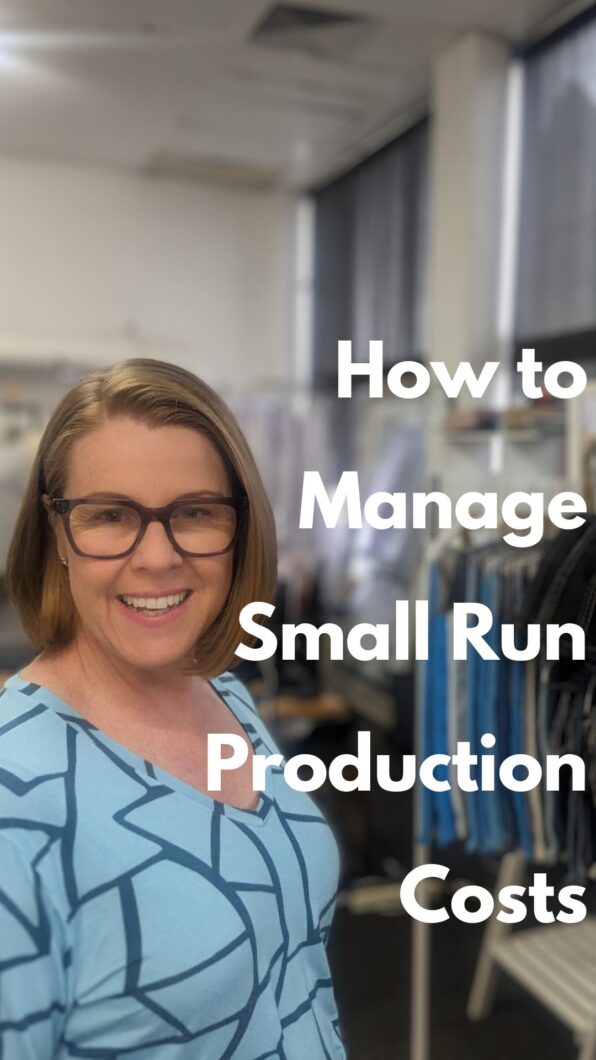The Impact of Small Run Production on the Skill Level and Wages of Machinists

As the manufacturing industry (and the word) evolves, it influences the skill level and wages of machinists in different ways. One notable transformation is the implementation of local small run production. This blog post will delve into the mechanism behind small run production, its impact on the skill level and wages of machinists, and how this affects the cost of your production price.
At the moment we have a huge issue in Australia in our manufacturing industry. Factories are closing down which is great for people looking for sewers as they are so hard to find, but only if they have the skill level needed for the small run production needed for start up designers. Over the years, the increase in costs and the decline in the manufacturing industry has influenced the type of manufacturing needed and therefore has put a different set of demands on the skill level and wages of machinists.
There is a huge difference in the way different manufacturers manufacture which you will need to know about when you are looking for the right manufacturer for you. Generally, most manufacturers will concentrate on a single item, such as T-shirts, denim, swimwear, or woven dresses, keeping the work monotone and relevantly simple so they do not need to train their machinists over and over again.
In many manufacturing situations, the teams are small, and the machinists are trained to specialize in producing one specific type of garment, furthermore, most only know how to do 1 step in the process. The equipment setup, the fabrication process, and the entire workflow are highly specific and programmed for the production of a single item, ensuring consistency and efficiency in output.
The practice of focusing on a single product has its pros and cons when it comes to the skill level and wages of machinists. On the one hand, it facilitates the production process because the machinists are only required to master a specific skill set, rather than a broad one. This specialization, while being cost-efficient for the manufacturers, typically results in lower wages for the machinists due to their limited skill level.
In some other factories where small run production occurs, they deal with a variety of garments and fabrics,so requires machinists capable of dealing with a variety of garments and fabrics. These machinists need a much higher skill level to have a well-rounded knowledge of all the machines and garments to quickly adapt to the changing production needs. This level of versatility, adaptability, and the ability to work independently are highly prized, making these machinists higher paid.
Small run production also needs to factor in more downtime between processes. This is due to the need to bundle pieces between sewing processes as they move around the room, which can eventually lower production speed and affect the overall workflow.
On recent trials I undertook to find new machinists’ with a higher skill level, I found many machinists unable to sew a complete t-shirt as they did not have experience in making full garments. This step in critical in employing a machinist for a small workroom such as Sample Room where different types of garments are made every day. Many machinists we met can only use one machine which does not work for small run production limiting their versatility and ability to work in n environment such as this.
As a designer, smaller production runs are critical for cashflow and to learn what you brand needs. They offer variety for your customer. But understanding how small run production affects the manufacturer, the additional costs of staff and why the production cost is higher is critical to understand so you can structure your brand position from the very start, and not get caught out as manufacturing declines or there are fewer people to work with as this skill level retires in the future. Understanding the impacts of small run production can better equip you to navigate this dynamic industry. Next time you put on that uniquely designed T-shirt, you’ll know there’s a whole story of behind-the-scenes processes, skills, and employees that contributed to your stylish look.
